The American avocet is a summer staple for the avid bird watcher and photographer on the Bear River Migratory Bird Refuge. I can attest to that as well since a good portion of my summer is spent on the refuge watching and photographing this lovely bird.
Last week, we had a brief and a much-welcomed break from the continual rain here in Utah, which led me to have an opportunity to go photograph birds on the refuge. It has been so cold, cloudy, and dreary this spring, I haven’t been out much this year, so I wasn’t sure what to expect, but I was hoping for a good opportunity to find avocets.
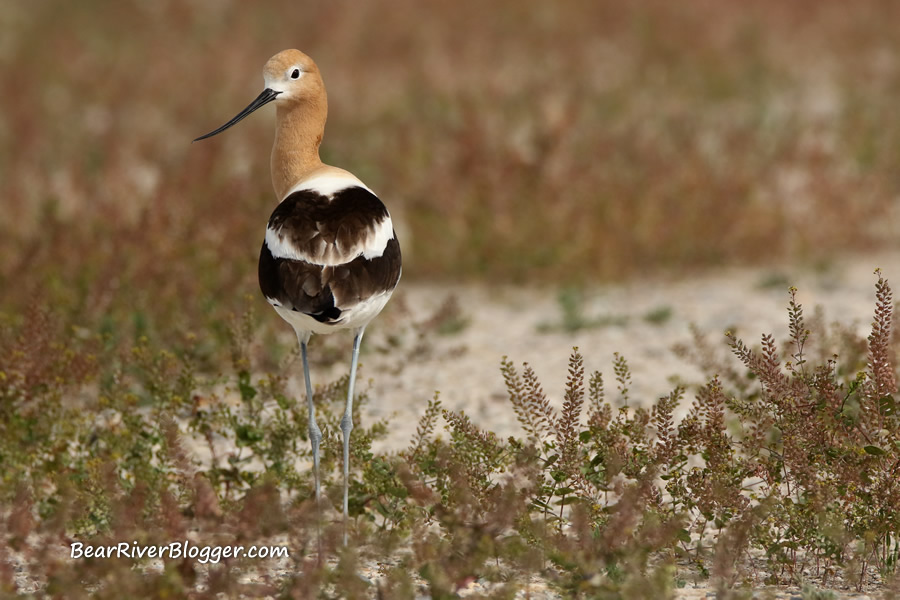
Finding the American avocet on the Bear River Migratory Bird Refuge is easy. Finding opportunities to get really good images is a little bit more of a challenge but still doable for those willing to put in a little time and effort.
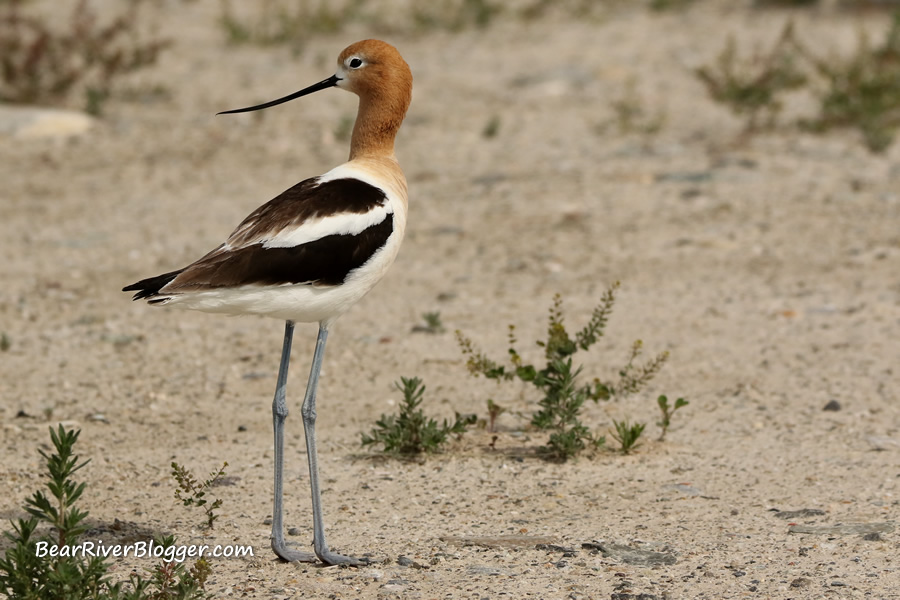
As an outdoor photographer, one who relishes photographing birds and butterflies because of their beauty and also the challenge it presents, I find there are two methods to photographing birds.
One method is simply to drive around and look for birds. This method entails constantly moving around and looking for a quick and easy opportunity to get some images. It takes a lot of driving and searching but on an area as big as the refuge auto tour route, it does work well.
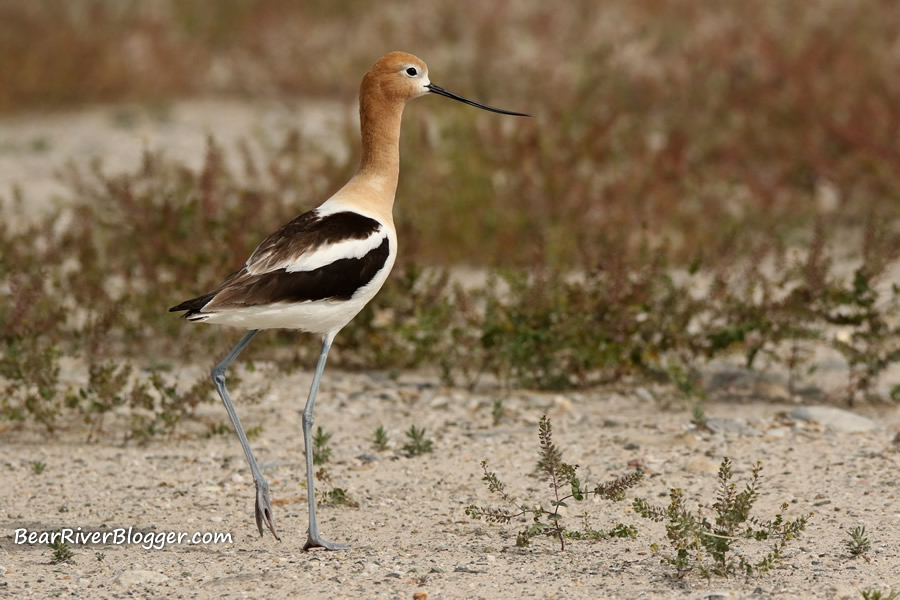
Another method, the one I actually prefer, if truth be told, is to find a good spot and sit and wait. This can entail sitting and waiting for several hours or more, watching and observing the situation all around you.
But this method does have one catch, however. You just can’t go and sit down anywhere and expect to find good bird photography action. You have to know your targeted bird, the areas it frequents, and be patient and very observant.
I use both methods and have taken some of my best images using both methods, but I prefer the sit and wait for method because it gives me time to think and also to enjoy the natural area I am in.
On this particular day, I did more driving and searching than sitting and waiting, and it actually paid off in the end.
I ended up with some great images of cinnamon teal, herons, and this American avocet I found on the very last few yards of the auto tour route as I was heading home.
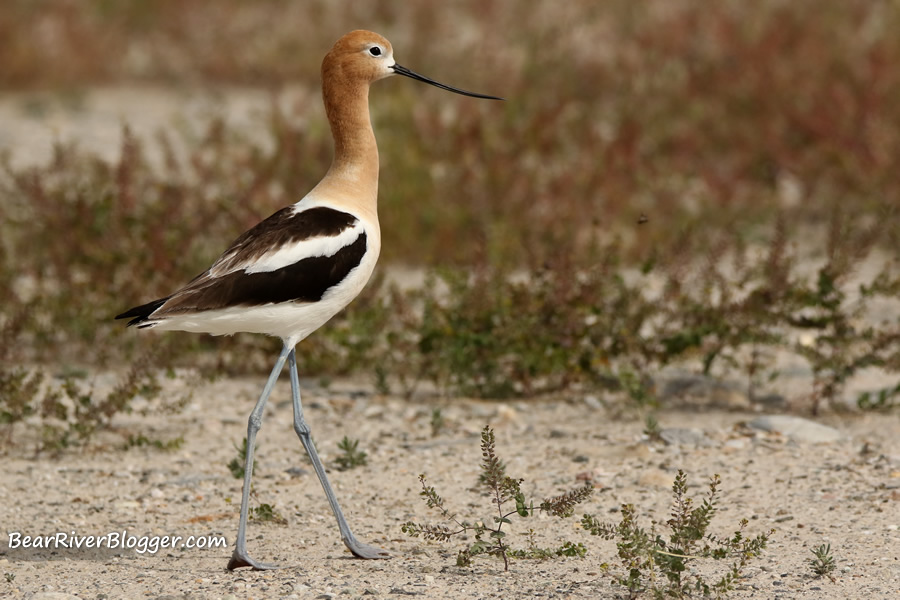
Looking back, I wish I had the time to sit and watch this avocet for a few hours that day, but I had other obligations to tend to. As a result, I was only able to watch and photograph it for a few short minutes, but despite the short time I had with this bird, it did give me some great images and a smile on my face as I left the refuge.
Photographing birds is a tricky deal sometimes. Often they are wary of humans and will leave the scene if you approach them. But as I have found over the years from countless opportunities, if you stay put in your vehicle in areas such as the refuge auto tour route, you can actually get a lot closer to the birds than getting out of your car. I believe they become accustomed to the hundreds of cars per day they see, and we can use that to our advantage.
With this particular opportunity, the avocet was actually tending to a nest just a few short yards from the asphalt road I was on, so getting out of my vehicle even when it was in an open area would have disturbed the bird, maybe even causing it to abandon the nest and that is never acceptable.
Staying in my car, using it as a kind of blind, per se, allowed me to get some great images without causing any undue stress on the bird.
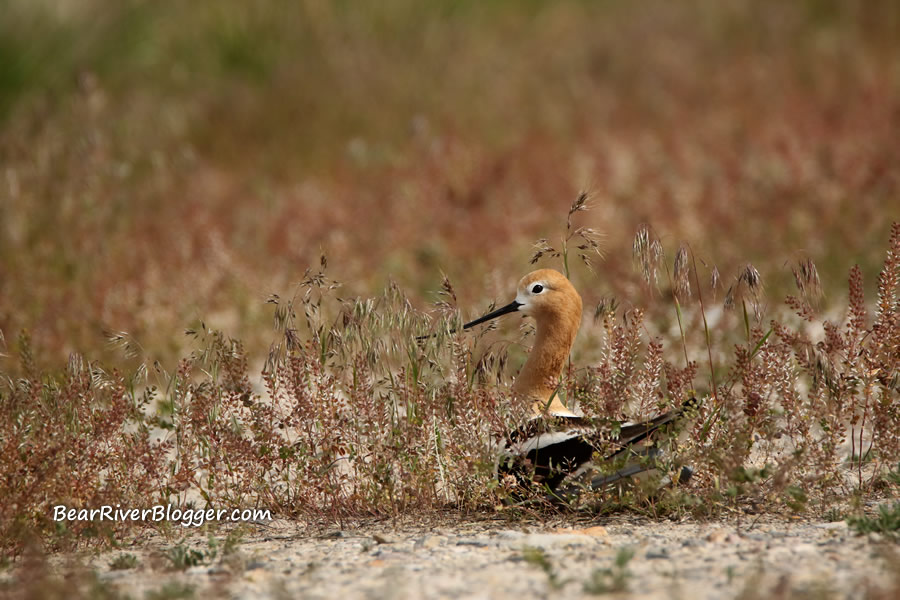
I was parked on an asphalt road but had my 600 mm lens, so I was more than able to capture some images of this avocet without disturbing it at all. And as an avid bird watcher and photographer, I believe there is no image worth causing a bird to abandon its nest, but there are ways to get great images and still leave the bird in good shape.
One is to get a strong enough lens to allow you to stay a safe distance away. I recommend a 600 mm lens, but I have been successful at times with smaller ones.
I also recommend when visiting places such as the Bear River Migratory Bird Refuge to drive the auto tour route very slowly, watching each side of the gravel road for birds and approach them slowly. It not only reduces any unwanted stress on the bird, but it does often times allow you to get a bit closer or not cause the bird to spook and fly off.
The best thing I can advise is when you find a good active spot is to sit and wait. I will sometimes watch a good spot for several hours, and once the birds become accustomed to your presence, they will start to act normally and will often time give you some great displays and action to photograph.
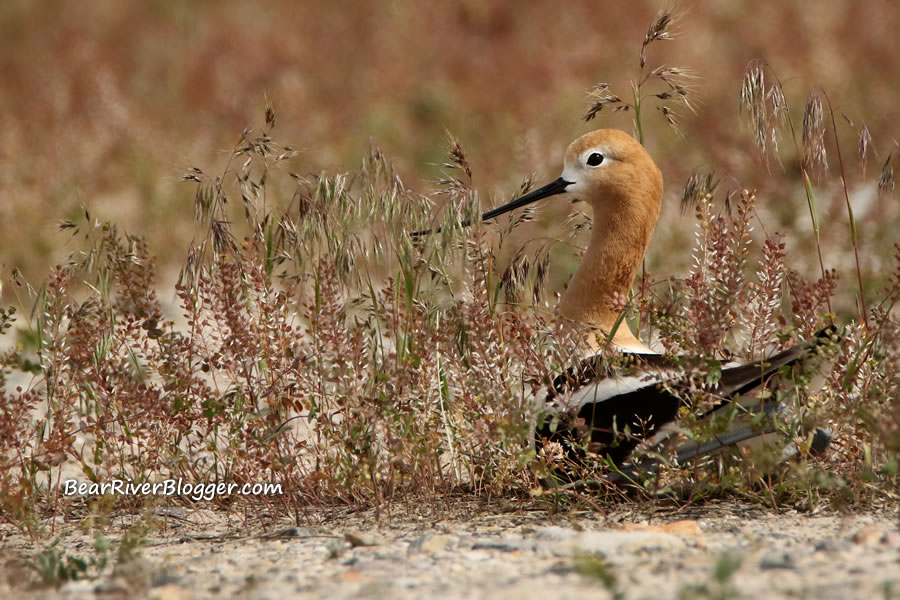
Photographing avocets and other kinds of birds on the refuge is more than just a job to me, it’s my passion and truly I love it. I have been a fan of the Bear River Migratory
Bird Refuge for many years because it supports what I love, birds and butterflies.
It is a nearly 80,000-acre slice of heaven, and no matter the season, I can always find something interesting to observe and photograph on the Bear River Migratory Bird Refuge.
Subscribe to our blog
We appreciate your readership and suggest if you like this blog to head over to our subscription page and sign up for email notifications for future blog posts.
Birding Apparel
If you’re looking for birding related gifts and apparel for someone, take a look at our online store featuring some of our own photographs turned into unique gifts.

As a reader of our blog, we offer you 20% off all products on our store by using the coupon code save20 during checkout.
Visit our Bird Shirts and More online store to check out our products. New products are constantly being added, so check back often.






